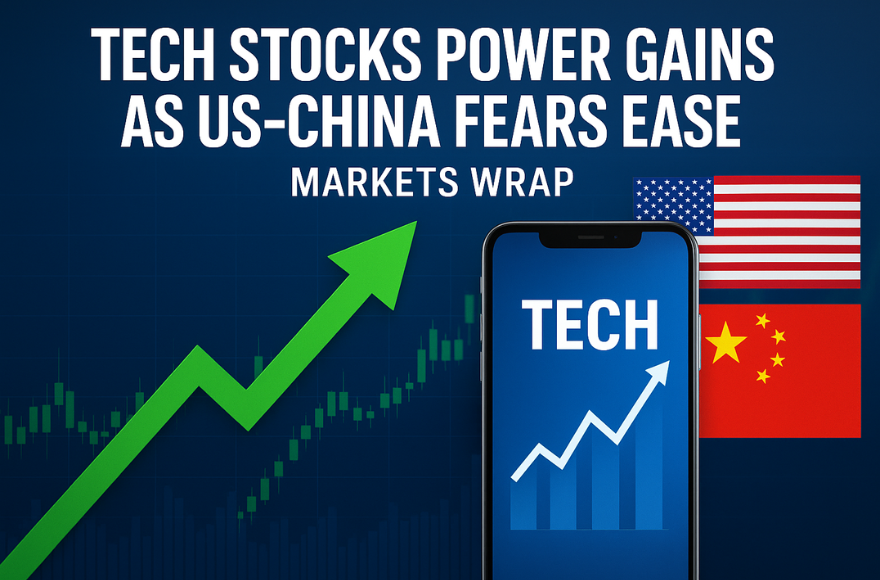
In a move that underscores the high-stakes nature of global commerce, Donald Trump is set to meet Xi Jinping to attempt a landmark trade agreement between the United States and China. As the two nations enter fresh rounds of discussions, the talk of a possible “US–China trade talks” has captured global attention. This upcoming summit, often referred to as the Trump–Xi summit 2025, could reshape the economic rivalry between Washington and Beijing.
The dynamic between Trump and Xi has always been complex, especially when it comes to trade. For years, the U.S. has accused China of unfair trade practices, intellectual-property theft, and maintaining a trade surplus through export-driven growth. That context frames the current round of negotiations. At the centre of this diplomacy is the goal of securing a meaningful “US–China trade negotiations” that both sides can claim as victory.
President Trump’s foreign-policy outlook toward China has been dominated by trade and tariffs. From his first term to the present, he has relied on tariff threats as a tool to bring China to the negotiating table. Among the key issues: the U.S. has imposed hefty tariffs on China’s exports, binds on rare-earth mineral exports, and export controls on advanced technologies. China, in turn, has wielded its economic leverage and export restrictions as its own bargaining tool. Experts say that China’s strategy gives Xi Jinping a strong hand.
When Trump meets Xi, the summit is expected to address several pressing topics:
A potential framework for a “US–China trade agreement” that could include Chinese purchases of U.S. agricultural goods and structural changes in China’s economy.
The tariffs themselves: For example, the U.S. is threatening “US–China tariffs 2025” of up to 100% or more if no deal is reached.
China’s trade strategy under Xi, especially how Beijing plans to leverage its supply chains (notably rare-earth minerals) and weaker export controls to make the U.S. concede.
The broader economic rivalry: It’s not just two countries negotiating goods and services, but a deeper tug-of-war between a U.S. model of consumption-led growth and a China model of export-led growth and state-driven industry.
The stakes are high for both sides. For the U.S., Trump wants to demonstrate that his trade policy—steep tariffs, tough negotiating—can deliver results. For China under Xi, avoiding excessive concessions while preserving its strategic advantages is vital. A successful deal would strengthen Trump’s image as a deal-maker and could ease tensions in global markets. Conversely, failure could push the U.S. and China further into economic decoupling.
There are many obstacles to a smooth outcome. On one hand, Trump’s insistence on rapid progress leaves little margin for error. On the other hand, China’s readiness to absorb short-term pain for longer-term gain means Beijing may resist concessions that undermine its strategic goals. As one expert noted:
“China has decided that the leverage is on their side … this is a very different kind of trade war now.
Additionally, multiple rounds of trade talks have already taken place: economic officials from the U.S. and China are meeting ahead of the leaders’ face-to-face, attempting to keep things on track.
Observers will be closely watching several signs of progress:
Whether China commits to tangible purchases of U.S. goods (e.g., soybeans) or loosening export restrictions, which would signal a meaningful “deal” rather than symbolic gestures.
How tariffs evolve: Will the U.S. actually implement the threatened 100% tariffs if talks fail? Will China retaliate further?
Whether the summit sets up follow-through mechanisms, not just a heads-of-state photo-op, but working groups and binding commitments.
How markets and supply-chains respond: given China’s dominance in certain inputs (rare earths, magnets), and the U.S.’ export controls, the ripple effects go beyond bilateral trade.
This trade meeting between Trump and Xi is being watched globally because it touches on larger themes: globalization vs. nationalism, supply-chain resilience, industrial policy, and geopolitical competition. A favourable outcome could provide breathing space for global economic growth; a breakdown could accelerate a fragmentation of global trade into competing blocs.
As the two leaders prepare for the meeting, the world waits. Will the summit produce a durable Trump-China trade deal that shifts the trajectory of the “US-China economic rivalry”? Or will it stall, leaving tariffs, tensions and trade wars to define the era of Trump’s Asia trade diplomacy? With both sides possessing strategic leverage—Trump pushing for a win, Xi aiming for minimal concessions—the outcome remains uncertain. What is clear is that the world will be watching every word, every tariff threat, every handshake. The meeting is not just about trade; it’s about power, strategy and shaping the global economic order.

 Next
Next
Comments (0)
Leave a comment